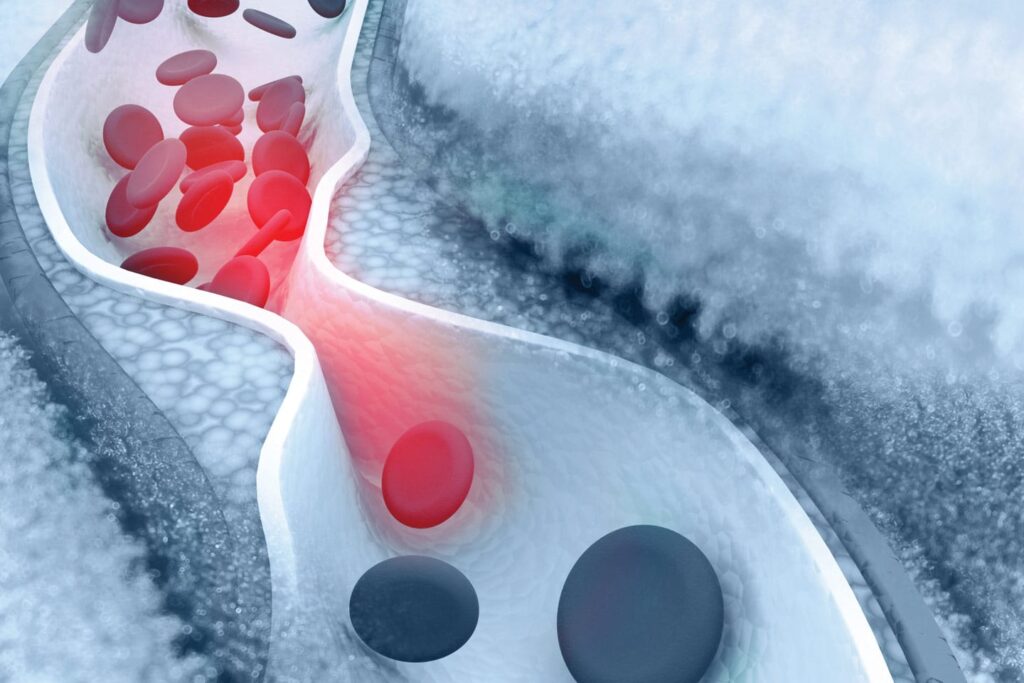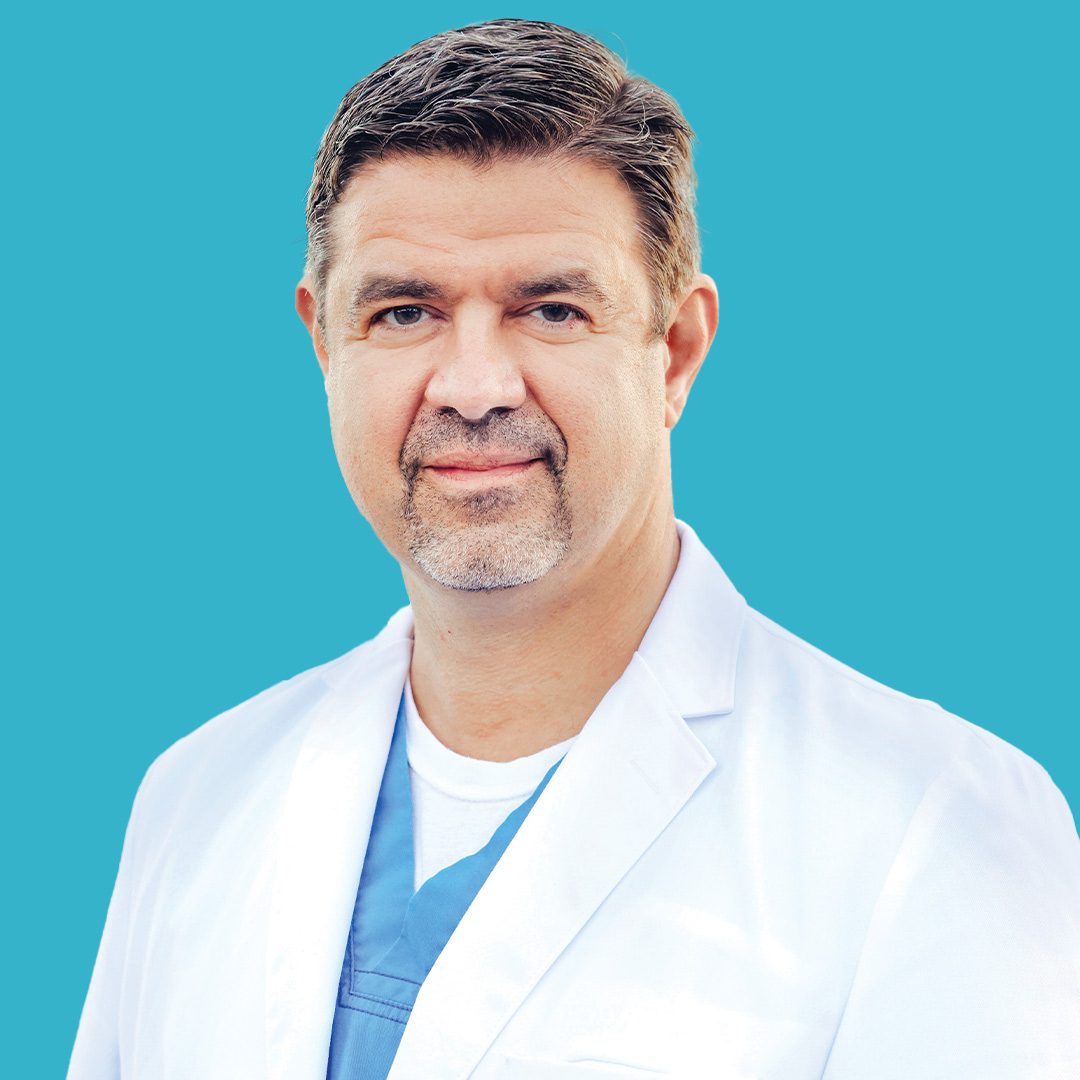Arteries and Veins
Our bodies are comprised of an intricate series of arteries and veins – the arteries carry blood away from the heart and into the extremities, while the veins carry blood back toward the heart. With age, the functionality of our arteries and veins can diminish. Your arteries harden and narrow when plaque (fatty substances) builds up, (a condition known as atherosclerosis), and your veins can become stressed from weight gain and a loss of muscle mass. These issues make it more difficult for enough blood to flow to your extremities – most often your feet and legs – leading to circulation dysfunction. If left untreated, circulation dysfunction can worsen and interfere with everyday activities you once loved. In extreme cases, amputation may even become necessary.


What to Look for
Some of the most apparent symptoms of circulation dysfunction, or FLOW problems, occur in the legs and feet and include:
- Feelings of pain
- Loss of sensation
- Open sores that won’t heal
- Weakness when walking
If you are experiencing any of these symptoms, don’t hesitate to visit your doctor for examination – treatment is critical. Not only can it help you feel more comfortable, it can save your limbs and your life!
How It’s Treated
Once you’re diagnosed with circulatory dysfunction by ultrasound, there are options available for treatment. For damaged arteries, one option is balloon angioplasty and stenting. With this, your surgeon will thread a catheter through the damaged artery, inflate it with a balloon, and place a small mesh coil (stent) to keep it from narrowing again. Atherectomy is another method for relief. For this procedure, your surgeon will insert a catheter with a sharp blade on the end into the damaged artery to directly remove blockages and improve blood flow.
Unlike your arteries, weakened or damaged valves in your veins can’t be repaired, so the only alternative is to reroute blood to healthy veins. One method for this is called laser ablation. With this, your surgeon will use laser energy to cauterize (burn) a broken vein to close it, and the blood will redirect. Another approach uses a “vein superglue,” known as VenaSeal, to completely close and harden damaged veins so the blood can reroute. This procedure tends to work better for more straightforward cases that don’t involve large and difficult-to-manage veins.


